WALK DON’T RUN
The older I get the less I feel like running and more like walking, naturally I suppose, given the onset of all the aches and pains associated with aging. For me now walking has become an experience of meditation, exercise and an even sometimes an entry into the creative imagination. As a child I always walked to school, down that jacaranda- lined McHenry Street, carpeted with blue flowers in late spring, at least until I was given my first bike and then I stopped noticing the flowers. I wonder do children still walk to school.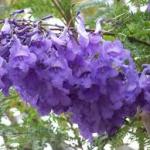
Studying in the Dandenongs and then on the edge of Kuringai Chase national park in Sydney, allowed me to indulge my walking and running passion. I still remember coming across my first Waratah flower in that Sydney bush while on a cross-country run. There’s always the expectation of a revelation when one sets out on a walk.
When not riding a motorbike during my years in the Philippines, I walked everywhere, up impossibly steep tracks in those mountains of Mindanao in the southern Philippines, once even climbing on hands and knees, ( surely a form of walking!) into the crater of a smoking volcano. It was all part of my walking apprenticeship.
Doctors have long promoted walking as a great way to improve or maintain overall health. Just thirty minutes every day can increase cardiovascular fitness, strengthen bones, reduce excess body fat, and boost muscle power and endurance. It can reduce the risk of developing conditions such as heart disease, type two diabetes, osteoporosis and some cancers. And it’s a free medicine.
Apart from obvious physical benefits, walking has always had spiritual connotations too. Dating from the Middle Ages, the religious tradition of walking to the centres of religious faith, where pilgrims venerated relics of saints and sought blessings and forgiveness was popular. Many of these pilgrimages remain widespread still today with the Camino de Santiago in northwest Spain amongst the most frequented. In 2012 it was estimated that more than 190,000 people completed this walk. In the Australian tradition I suppose walking the Kokoda track carries a similar spiritual significance with its mythic associations of heroism, sacrifice and endurance.

A practice known as Kinhin, or walking meditation, has long been popular in China, Korea, Japan and Vietnam for centuries. The natural rhythm of walking, being aware of the body’s movement, the repetitive left/ right step seems to be conducive to slowing down the body and inducing a state of mindfulness.
One of the most impressive examples of meditative walking has been demonstrated in the recent creation of the Sydney labyrinth in Centennial Park. The story of the creation of the labyrinth, described as ‘a complex and circuitous path that leads from a beginning point to a center’, is a fascinating one and dates back at least to ancient Crete. In the Middle Ages, walking a cathedral labyrinth even became a substitute for going on a pilgrimage to Jerusalem.
The creation of the Sydney labyrinth was the brainchild of Emily Simpson who initiated the vision and raised the $500,000 required to build a replica of the 800 year old labyrinth from the Chartres Cathedral in France. Fortuitously the spirit of the labyrinth seemed to connect with Australia’s indigenous traditions too as Aunty Ali Golding, Aboriginal Elder in the Biripi Nation explained: ‘Walking home to country is a connection our people have always had with Mother Earth. Our culture is defined by the closeness of family circles and staying connected to the people within it. The labyrinth invites and welcomes people to walk the path together – it calls them to the land in oneness.’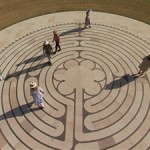
And there’s more. There appears also to be some curious connection between our minds and our feet. There’s one obvious link. When we walk the heart pumps faster, circulating more blood not just to the muscles but to all the organs, including the brain. A Stanford University study last year found that walking boosts creative inspiration. Researchers examined creativity levels of people while they walked versus while they sat. A person’s creative output increased by an average of 60 percent when walking.
It’s been estimated that William Wordsworth, whose poetry is filled with walks up mountains, through forests, and along public roads, walked as many as a hundred and eighty thousand miles in his lifetime, an average of six and a half miles a day starting from age five. Walking seems to leave the mind free to free-range creatively. I have had this experience myself. After spending some fruitless time trying to write sitting at home, I’ve found that after deciding to talk a walk, the ideas and the words start to flow and I’ve had to run home quickly before they desert me. I just wrote this opening paragraph in my head while walking on the beach.
Strolling is not walking. There’s a difference. The idea of the flâneur, popular in nineteenth century France, usually referred to a man, who strolled or wandered the streets of Paris in a seemingly aimless fashion, with time on his hands and nothing better to do but to observe what was happening around him. With the advent of the camera-phone, perhaps we have all become observers and flâneurs. Susan Sontag, the essayist, notes that: ‘The photographer is an armed version of the solitary walker reconnoitring, stalking, cruising the urban inferno, the voyeuristic stroller who discovers the city as a landscape of voluptuous extremes. Adept of the joys of watching, connoisseur of empathy, the flâneur finds the world “picturesque.”
‘ The walker is a different species, someone who does notice the world around them as they walk but rather than being a voyeur for its own sake, walks on with a steady pace, more intent on the movement itself than what is observable around them.
The walker is more at home in nature than on city streets, where there’s often the danger of a collision with a phone-fixated, texting perambulator. Even though the walker moves at a pace, she notices nature unfurling around her. I’m fortunate on my walks to see as I did today, blue wrens bobbing in the grass like ping-pong balls or the first buds of the native Clematis aristata, or Old Man’s Beard as it’s called when it produces its wispy seed-heads.

I’m yet to witness the passage of the first Southern Right Whales travelling past my beach to calve further down the coast although others have seen them. Perhaps this is one of the metaphors associated with walking, that hope of what may yet be revealed around the next corner to surprise and delight the walker, of what that next step may still disclose, what may yet be learnt and for me this is also a wonderful metaphor for the journey of life.

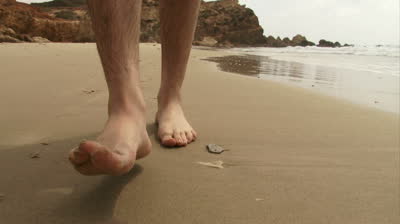

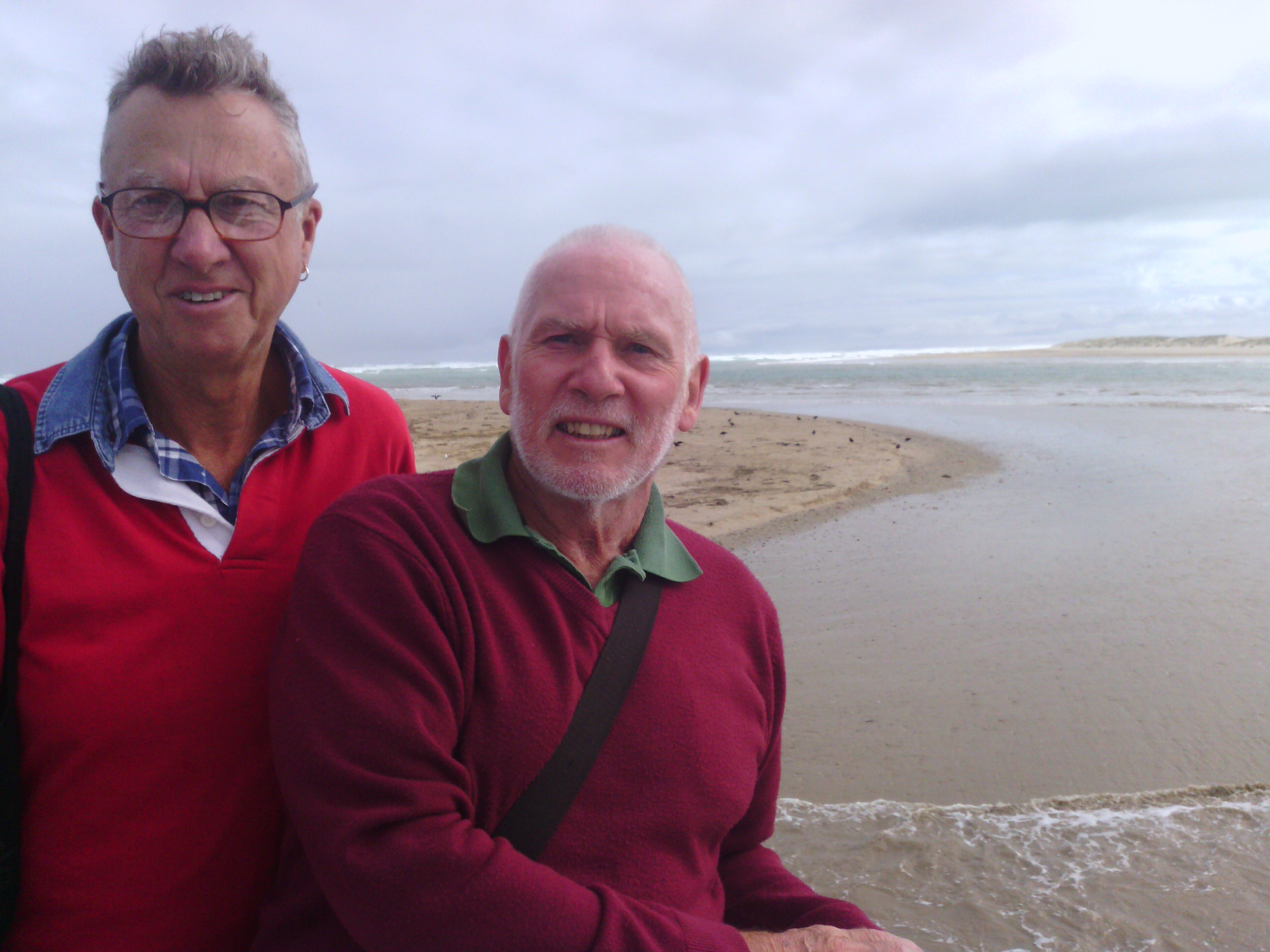

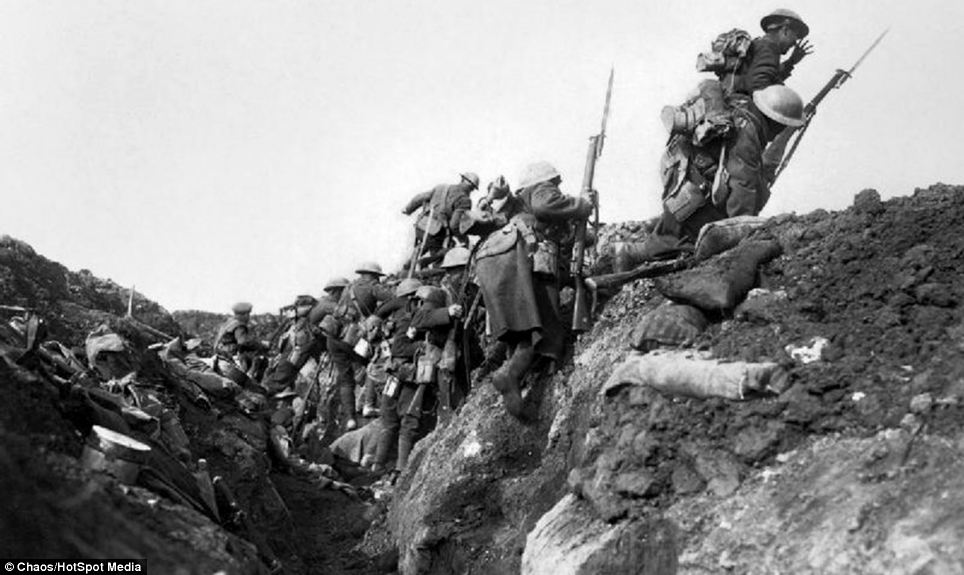

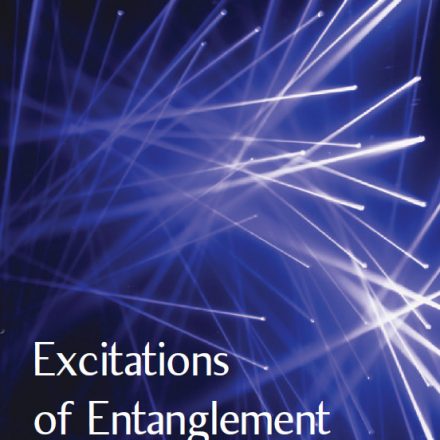

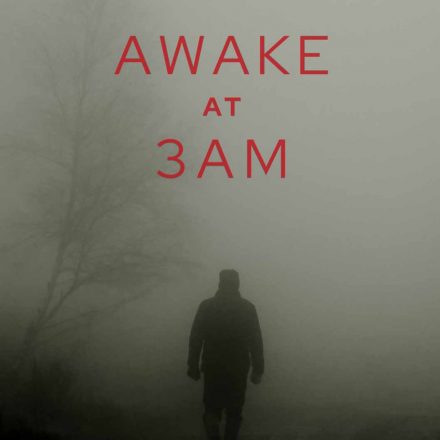
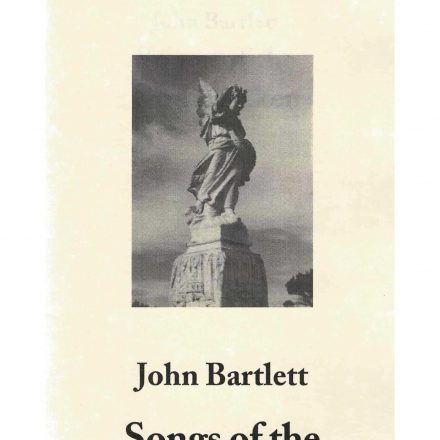


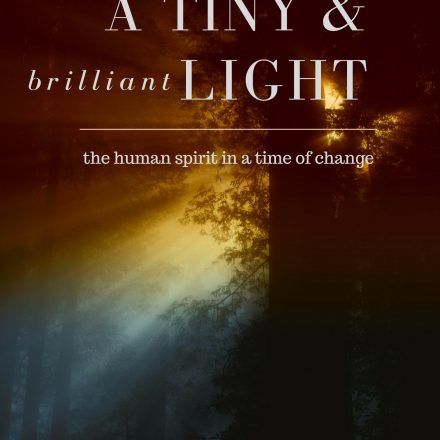



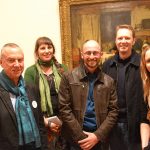


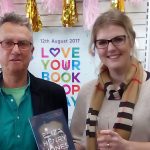
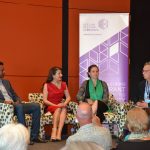



On the subject of walking there appear to be a few recent books which may be worth a look. They are:
1. A Philosophy of Walking by Frederick Gros
2. Born to Walk: The Transformative Power of a Pedestrian Act by Dan Rubenstein
3. Nightwalking: A Nocturnal History of London by Matthew Beaumont
Hey John,
Thanks for this one. It’s inspired me to increase my walking which I have neglected somewhat of late. I love the multiple views you incorporated in this little ode. Your writing is also inspiring. Keep on blogging!